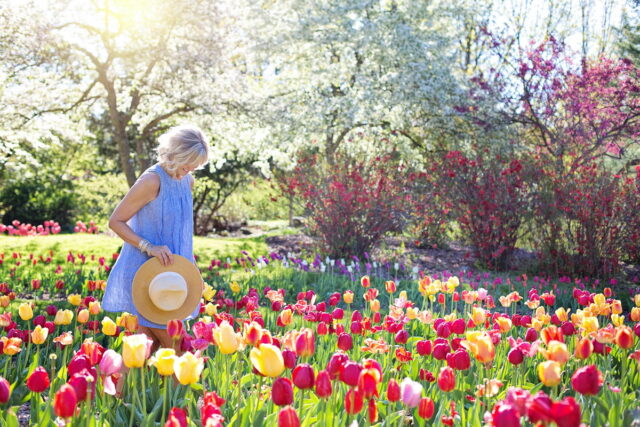
Imagine stepping into a world bursting with color, where fragrant blooms sway gently in the breeze, and the vibrant palette of nature dances before your eyes. For many, designing a dream flower garden represents more than just a pastime; it is a heartfelt journey. It begins with a vision—a longing to create a serene refuge or a lively gathering space framed by beauty.
Each blossom planted is a brushstroke on the canvas of outdoor living, a testament to personal style and inspiration. The act of flower garden design goes beyond mere aesthetics; it delves deeply into individual identity and connection with nature.
Each gardener has a unique story to tell, and their gardens reflect that narrative. Whether it’s the soft lavender that evokes memories of a beloved grandmother’s garden or the bold dahlias that symbolize a cherished friendship, each flower plays a role in conveying emotions and memories.
If you are looking for more tips on gardening, visit here.
As one prepares to embark on this creative venture, the heart of the process lies in understanding one’s preferences, evaluating available space, and weaving together sustainable practices with the art of gardening. Ultimately, the pursuit of designing a dream flower garden is an enriching experience that harmonizes imagination with practicality.
Assessing Your Space
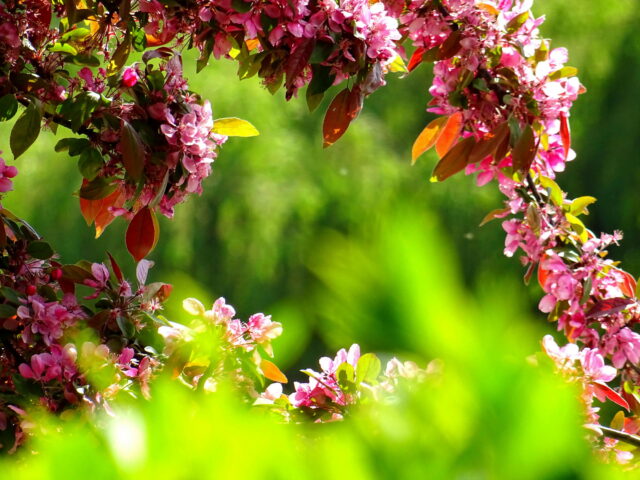
Understanding the available space forms the foundation for effective gardening. By evaluating the size and shape of the area, one can determine the type of layouts best suited for the space, whether creating expansive borders or compact, freestanding flower islands. Assessing the dimensions helps in planning how to utilize the area efficiently.
Evaluating Size and Shape
The size and shape impact decisions on flower bed formation. For larger spaces, designers can consider various arrangements, such as:
- Long, sweeping borders that offer a dramatic presentation
- Geometric shapes for a structured appearance
- Curved paths that enhance natural flow
In tighter spaces, vertical techniques, including wall planters and trellises, can maximize planting area while minimizing ground coverage. Each choice greatly influences the overall aesthetics and functionality of the space.
Local Climate Considerations
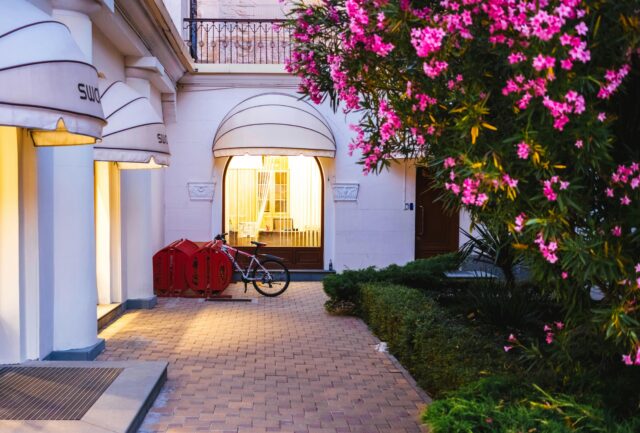
Local climate considerations are a crucial element in the design process. Understanding the specific climate conditions, such as:
- Sunlight availability
- Soil quality
Rainfall frequency ensures that chosen plants will thrive in their environment. Conducting soil tests can help identify any necessary amendments to support plant health. Additionally, existing landscaping features, including trees and structures, should be evaluated to understand their influence on sun exposure and water drainage. These factors can significantly impact the success of your endeavors.
Designing Process
Creating a mesmerizing flower space requires a thoughtful approach to design. This involves integrating a functional garden layout that facilitates movement and engagement with the space. Combining various elements such as flower bed design and understanding color schemes will bring it to life.
Creating a Functional Layout
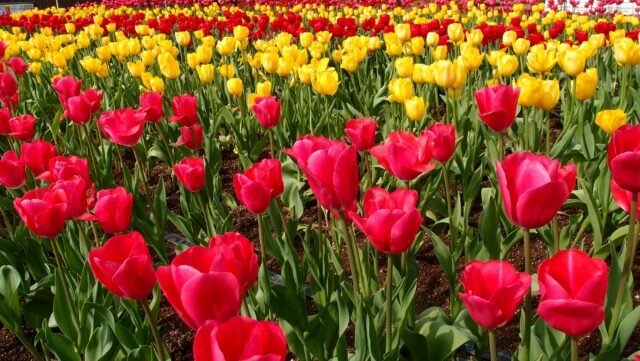
A functional layout enhances accessibility while promoting an inviting atmosphere. Pathways should be spacious enough to allow easy navigation, ensuring that visitors can comfortably explore without feeling restricted. When planning the layout, consider including seating areas where one can relax and appreciate the beauty of the outdoor space.
Flower Bed Shapes and Curves
To create visual interest, flower bed design should incorporate varied shapes and curves. Straying away from rigid lines fosters a more natural look, allowing the flowers to flow harmoniously. Curved beds can enhance the overall aesthetics, guiding the viewer’s eye and creating a sense of continuity throughout the space.
Incorporating Color Schemes
One of the most creative aspects of designing a flower outdoor space lies in incorporating effective color schemes. Experimenting with complementary colors can create stunning contrasts, making it visually appealing. Grouping plants in odd numbers adds a layer of depth, while staggering heights will bring texture and dimension to the layout.
| Color Scheme | Example Flowers | Seasonal Availability |
| Complementary | Blue Delphinium, Orange Marigolds | Summer to Fall |
| Analogous | Yellow Coreopsis, Goldfinch Blanket Flower | Spring to Summer |
| Monochromatic | Different Shades of Purple Iris | Spring |
Sketching the layout becomes a practical guide for planting and helps visualize how the functional layout, flower bed design, and color schemes interact to create a cohesive and breathtaking flower garden.
Selecting the Right Plants
The selection of plants plays a crucial role in the success of a flower garden. People face the choice between annual flowers, which provide vibrant blooms for a single season, and perennial flowers, which return year after year, creating long-lasting beauty. Each type has its benefits and can be strategically incorporated to enhance the garden’s appeal.
Choosing Annuals versus Perennials
Annual flowers bloom brilliantly throughout the growing season but require replanting each year. They offer flexibility in changing designs and color schemes annually. In contrast, perennial flowers establish deeper root systems and often provide structure to a garden, returning each spring with little maintenance. A thoughtful combination of both can create a dynamic and visually appealing landscape.
Mixing Native Plants for Sustainability
Incorporating native plants supports local ecosystems, attracts beneficial wildlife, and promotes sustainable gardening practices. Native plants are adapted to the local climate and soil types, requiring less water and fewer resources once established. This not only benefits the environment but also makes care easier for the gardener.
Importance of Bloom Time and Plant Placement
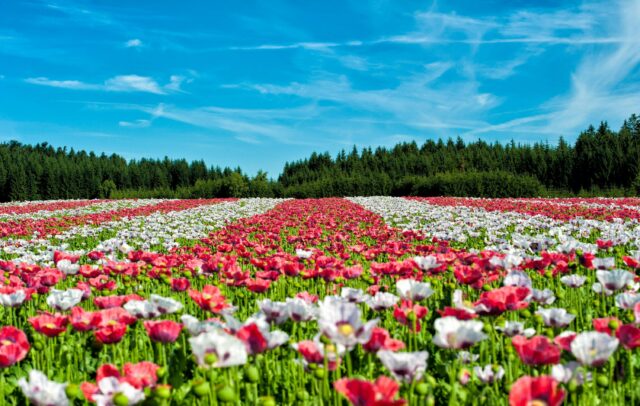
Understanding the bloom time of various plants allows for continuous color and interest throughout the seasons. Proper plant placement based on height, spread, and sunlight requirements helps ensure that each plant thrives in its designated spot. A well-planned arrangement maximizes visual impact and supports healthy growth, ultimately creating a flourishing and cohesive flower garden.
| Plant Type | Bloom Period | Care Requirements | Sustainability Benefits |
| Annual Flowers | Spring to Fall | High (Requires Frequent Watering) | Limited |
| Perennial Flowers | Varies by Type | Moderate (Once Established) | High (Supports Local Ecosystems) |
| Native Plant | Varies by Region | Low (Adapted to Environment) | Very High (Biodiversity and Wildlife) |
Conclusion
Designing a dream flower garden is not a one-time task, but an ongoing journey that encompasses a variety of elements, from initial vision to garden maintenance. Understanding personal preferences is the first step in this enriching experience, followed by careful assessment of the garden space and local climate considerations. This foundational knowledge is crucial for effective garden planning, allowing for the creation of a landscape that resonates with the gardener’s aesthetic desires.










